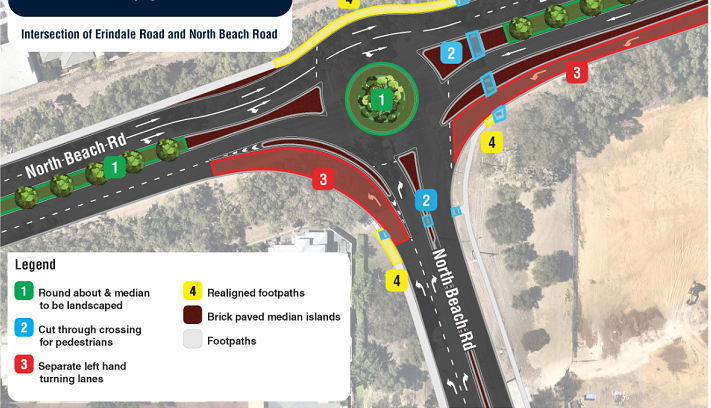

The local community describes Gwelup as a family friendly, vibrant and fun neighbourhood. To better understand what is means to be ‘a local’ our suburb profile seeks to understand the local stories Koora (past), Yeyi (present), Boordawan (future) and respond to Ngalang Maya (our place). This snapshot identifies the unique character of Gwelup’s neighbourhood and helps the City rethink how we deliver services with a local focus.
The name Gwelup comes from an Aboriginal word meaning "to shift position", referring to the lake. It was used mainly for market gardens until the 1970s, when it was transformed into a residential suburb.
What it means to be a 'local'
Referring to a small swamp located within the southern portion of the suburb, the name Gwelup has been derived from the Aboriginal word "Gwelgannow" meaning "to shift position."
The land near the lake was first granted to Thomas Mews in 1831, passing through several owners before being acquired by Henry Bull, of Sydney, in 1891. Bull subdivided Gwelup in 1898 and 1899 but development was relatively slow and the land was mainly used for market gardens in the early years.
In addition to Lake Gwelup itself, another significant landmark is the Careniup Wetlands Reserve, first recorded as part of a survey in 1844. The name Karrinyup appears to have been derived from this swamp, located on the northern boundary of Gwelup.
Local focus
These are the top local priorities you've told us are important for Gwelup.
What you've told us so far
"More of a community hub at the shopping centre. Something more to bring people together (think food/drinks/playground)."
What we're doing
The City has commenced the preparation of a new Local Planning Strategy, which will set the planning directions and actions to address key challenges and opportunities for managing growth and change over the next 15 years. The Strategy will be structured around these four key themes:
- Environment
- Community, urban growth and settlement
- Economy and employment
- Infrastructure.
This will also include a needs analysis to ensure residents in Gwelup have access to a range of activities in convenient locations.
What you've told us so far
"Dogs in the lake."
What we're doing
Dogs are prohibited from entering water bodies, such as lakes, with signage installed at key locations across the City to inform dog owners. Rangers respond to reports of dogs entering lakes and use data to guide patrols and equipment deployment, ensuring efforts are focused on areas of greatest need.
To make a report, call the City's Community Patrol on 1300 365 356 (24/7 services) or report online.
Learn more about responsible dog ownership in the City.
What you've told us so far
"A connection of footpaths that link with shops and facilities."
What we're doing
The City welcomes requests for specific locations where additional footpath connections could improve access to shops and other facilities. These requests can be submitted for review and inspection. As part of the 2025 State Election commitments, the State Government – through the Member for Scarborough – has pledged $1.5 million to rebuild the Porter–Pascoe Street Footbridge, which connects Gwelup and Karrinyup.
To make a request, visit the report it/request it webpage or call the City on (08) 9205 8555
Learn more about foothpath projects.
What you've told us so far
"Put a roundabout at the intersection of Erindale Road and North Beach Road. Traffic would run soooooo much smoother!"
What we're doing
The City undertook extensive consultation with the surrounding community to gauge feedback on the proposed roundabout at this intersection. The majority of respondents did not support the roundabout, citing concerns about pedestrian safety. The City is now progressing alternative solutions to improve safety at the intersection.
The City intends to apply for Black Spot funding to allow implementation of the proposed alternative solution in the 2026/2027 financial year.
Learn more on the roads, traffic and civil works webpage.
What you've told us so far
"More trees in the streets."
What we're doing
Through the 2025/26 plan and budget, 8,000 trees will be planted in parks and verges. Furthermore, the City will increase tree watering from two years to three years for new trees to mitigate loss. An additional 784,000 trees and shrubs will be planted across the City by 2040.
Facts
Gwelup population
Average number of people per household
The average age in Gwelup is 42 years old
Top five birthplaces
Median weekly household income
86% of residents are satisfied with liveability
Local plans
From the 1970s, Gwelup transformed from a rural area to a modern residential suburb and only a few market gardens along North Beach Road remain as a reminder of earlier times.
The type and style of residential dwellings within Gwelup varies considerably, ranging from early market garden cottages to recently designed two-storey developments. New subdivisions, including Karrinyup Waters and Settlers Green, contain modern, architecturally-designed homes while along North Beach Road there are remnants of older, rural-style housing, which is gradually being renovated or replaced by new developments.
Gwelup has 35ha of public open space, which includes seven local open spaces, two community open spaces and one regional open space. These significant public open space areas are scattered throughout the residential area, offering meeting places and recreational opportunities for the local and wider community.
Lake Gwelup preserves a significant part of the natural environment and its position was first recorded by the Land Department in 1878 where, on early surveys, it was marked as a swamp. The lake allows for passive recreation and there are also tennis courts and cycle paths located on the Lake Gwelup Reserve.
The Gwelup Neighbourhood Shopping Centre provides for daily shopping needs and local students are catered for at Lake Gwelup Primary School.
Projects and engagements




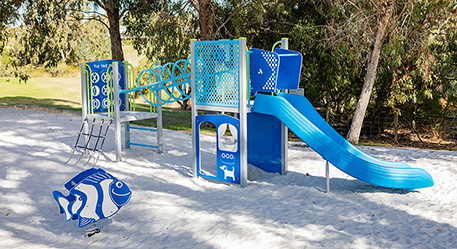
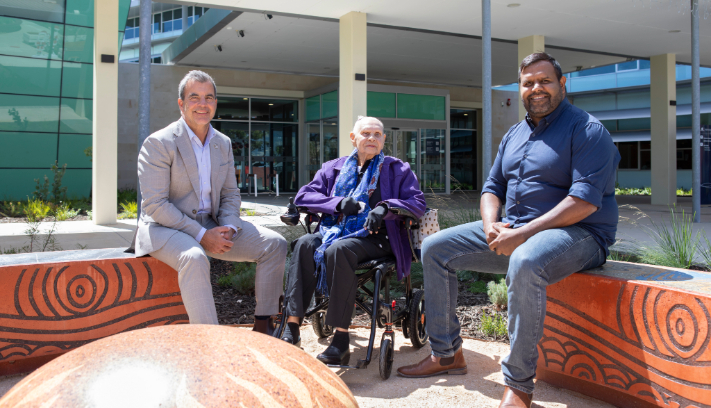
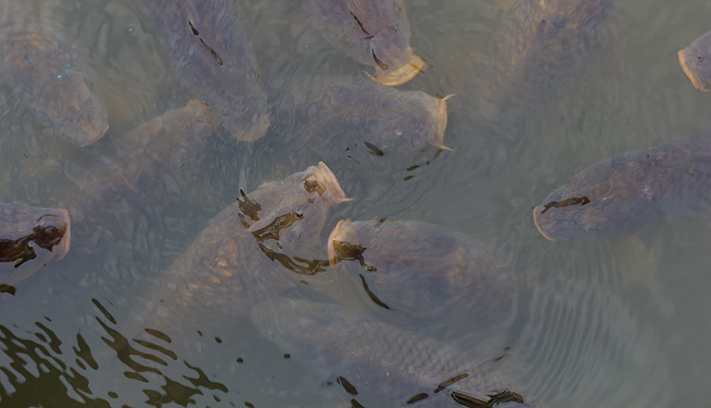
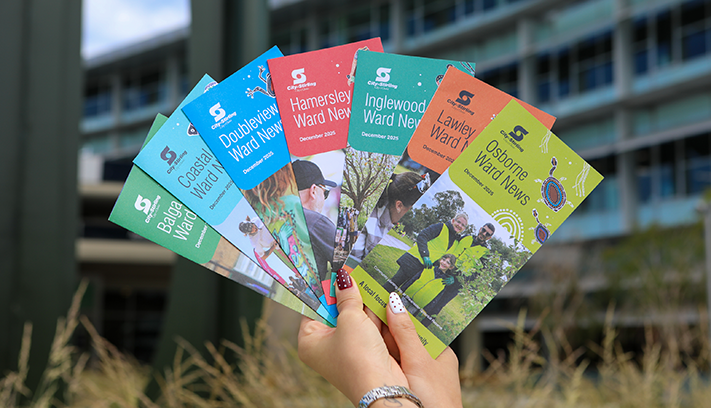
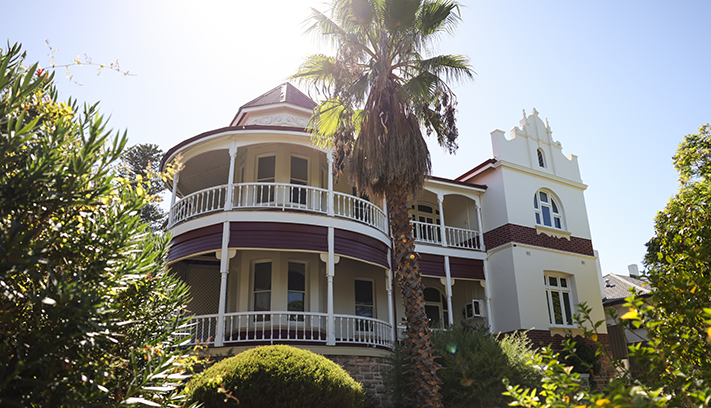
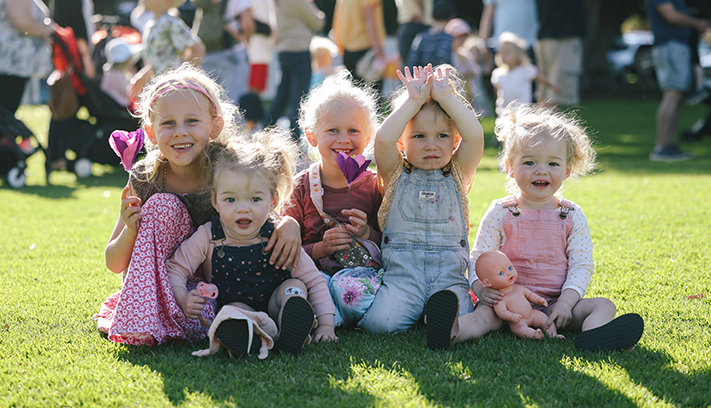
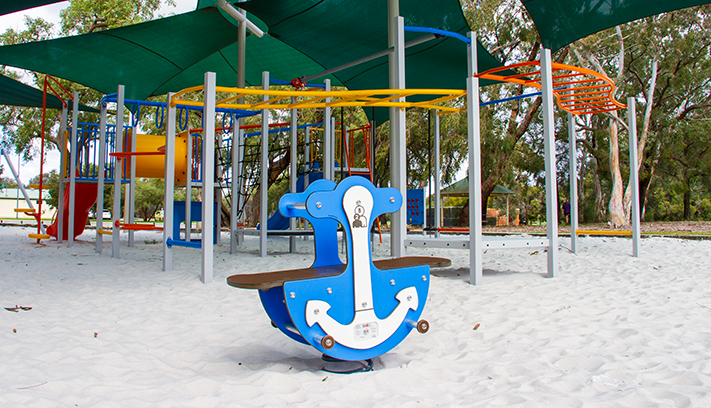

.png)



